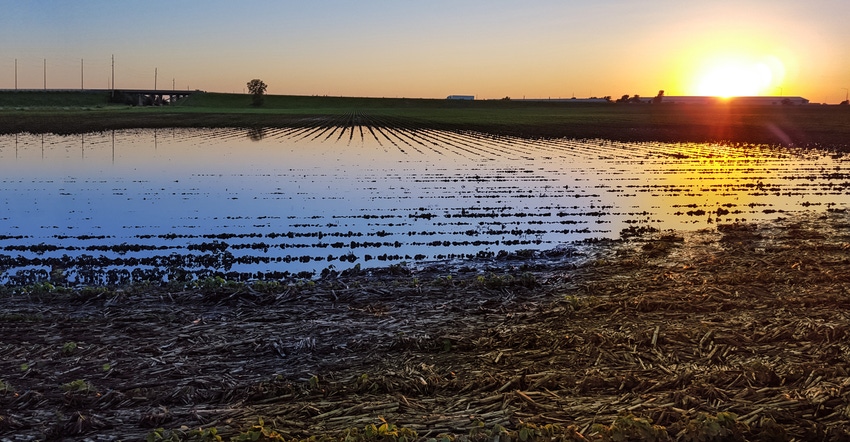
According to the Risk Management Agency, “Prevented planting is the failure to plant an insured crop with the proper equipment by the final planting date or during the late planting period. You must be prevented from planting by an insured cause of loss that is general to the surrounding area and that prevents other producers from planting acreage with similar characteristics.”
If you have acreage that is eligible for a prevented planting claim, you must provide a notice of loss to your crop insurance agent within 72 hours after the final planting date for the crop. You can either get a full indemnity payment or let them know that you intend to plant after the final planting date during the crop’s late planting period.
For corn, the final planting date is May 31 for Delaware and Maryland’s Eastern Shore; June 10 for Connecticut, central and western Maryland, Massachusetts, New Jersey, New York, Pennsylvania, Rhode Island, Vermont and West Virginia; and June 15 for New Hampshire and Maine.
For soybeans and all other crops, talk to your crop insurance agent or go to RMA’s prevented planting website.
Farmers will get an indemnity payment based on the initial revenue guarantee for a crop. For corn, it is 55%; soybeans, 60%. For all other crops, visit bit.ly/preventedplantingcoverage and click on the “Which prevented planting coverage factors are changing for 2019?” tab.
The late planting period is up to 25 days after final planting date. For most crops, the timely planted production guarantee is reduced 1% per day for each day planting is delayed after the final planting date.
David Holck, county executive director of FSA for Rensselaer, Saratoga, Warren and Washington counties, says farmers with livestock will have important decisions to make if they want to salvage something from their acres this season.
“In my opinion, producers have many things to think about…” he writes in an email. “If they have crop insurance, what would the indemnity payment be and how does that compare with the value of the feed they could grow if they planted corn, forage, sorghum or another crop over the summer? Farmers with livestock who are short of feed need to decide which options would be best for their circumstances.
“The decision for grain growers may be easier. If they don’t need feed for livestock, it makes more sense to receive a prevented planted payment.”
Here are four things to remember if you plant after the final planting date:
1. If you plant the insured crop after the late planting period (25 days after final planting date) you will not receive a prevented planting payment. You will have the option to not insure the late-planted crop or to insure with the production guarantee reduced to the prevented planting coverage level.
2. You can plant a cover crop during the late planting period and receive a full prevented planting payment. However, you can’t hay or graze the cover crop before Nov. 1. If you hay or graze it before Nov. 1, you will not receive a prevented planting payment for the first crop.
3. If you plant a cover crop after the late planting period and hay or graze it before Nov. 1, you can get 35% of a prevented planting payment for the first crop.
4. If you plant a second crop after the late planting period, you may receive a prevented planting payment equal to 35% of the prevented planting guarantee.
About the Author(s)
You May Also Like






